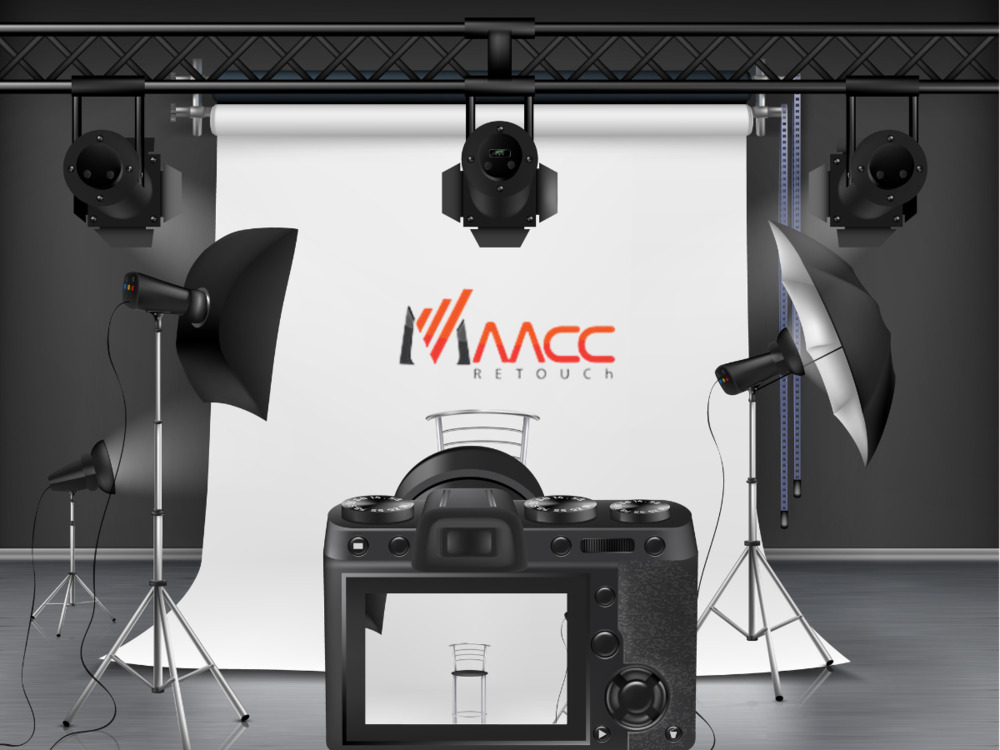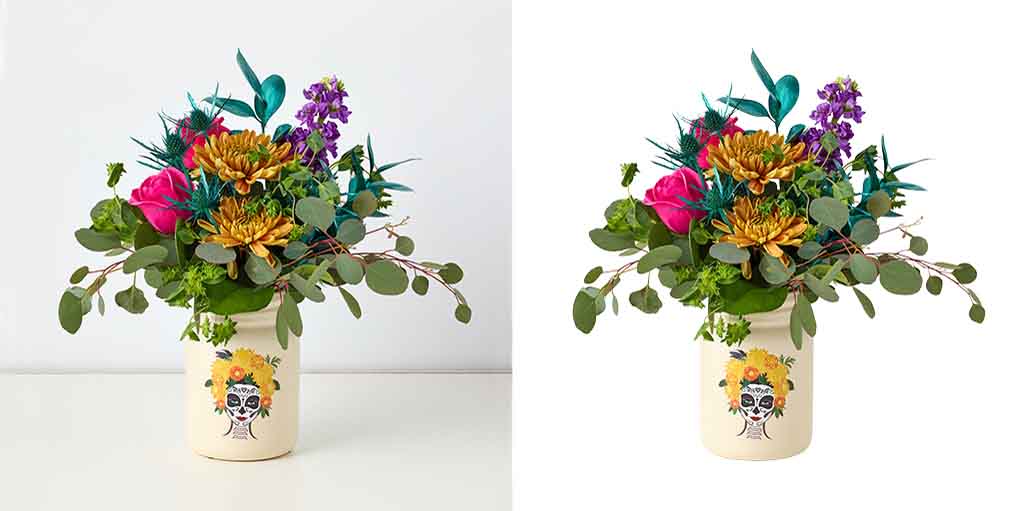Portrait Vs Headshot: Unveiling the Art of Capturing Personality and Professionalism. As photographers, understanding the nuances between these two distinct styles is essential to master the art of capturing personality and professionalism. Join us as we explore the unique characteristics and purposes of portraits and headshots, equipping you with valuable insights to elevate your photography skills and create impactful images that leave a lasting impression on your subjects. Let’s delve into the world of photography and unlock the secrets behind these captivating visual expressions.
What Is Portrait Photography?
Portrait photography is a type of photography that focuses on capturing the soul, personality, and uniqueness of an individual or a group of people. The main goal of portrait photography is to show the subject’s personality, feelings, and identity through carefully composed pictures that are interesting to look at.
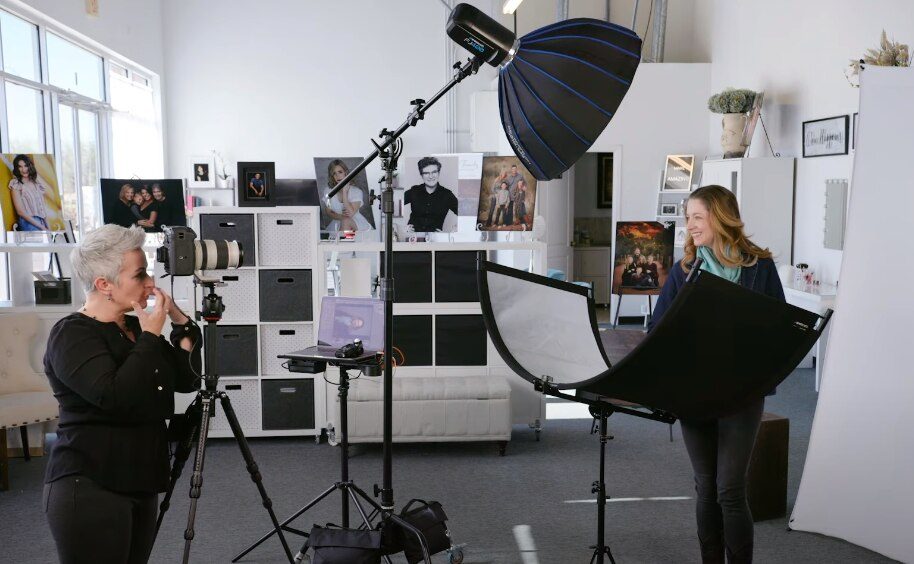
Most of the time, the subject of a picture takes center stage. By focusing on the person’s facial expressions, body language, and personal style, the photographer hopes to make a link with the subject and show them as they really are. Depending on the mood and goal of the picture, these portraits can be formal and staged or natural and unplanned.
Portrait shooters often use different techniques, like controlling the lighting, posing in flattering ways, and choosing the right background, to make the picture look better and get the message across. Portrait photography is an important part of telling personal and national stories because it can tell stories, evoke emotions, and celebrate individuality.
Whether it’s a business headshot, a family portrait, or an artistic self-portrait, portrait photography is a way to express yourself, tell a story, and capture timeless moments that show the depth and complexity of human experiences.
What Is Headshot Photography?
Headshot photography is a type of portrait photography that focuses on taking pictures of a person’s face, usually from the shoulders up. The main goal of headshot photography is to show off a person’s looks, expressions, and attitude in a way that looks professional and friendly.
Headshots are often used in professional places like corporate profiles, resumes, acting portfolios, and social media profiles. They show what a person looks like and are often used to make a good and lasting impact on people who see them.
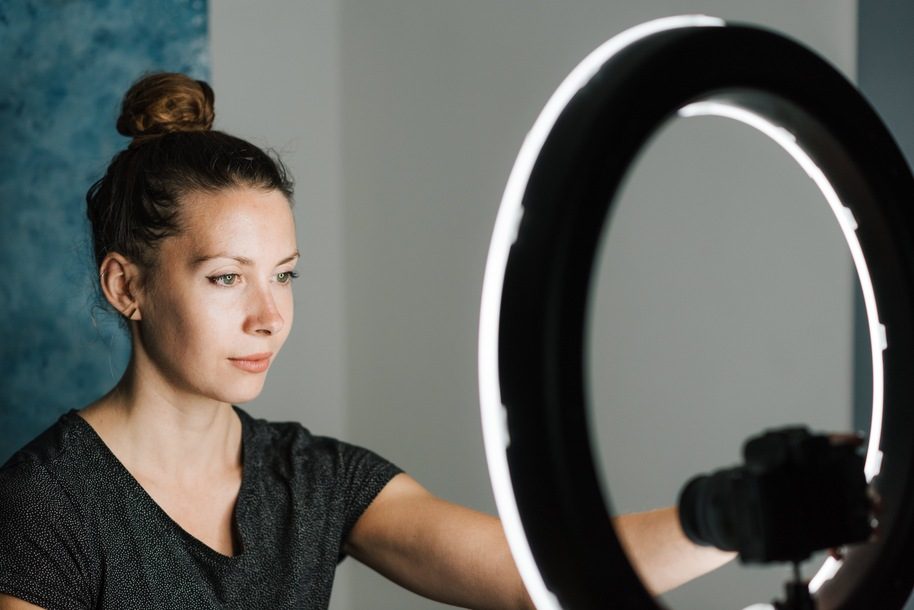
When taking a headshot, the focus is on the person’s face, especially their eyes and other facial traits. The photographer tries to get the subject’s natural expression and show them in a way that is both flattering and true. Headshots usually don’t have much going on in the background, so the watcher can focus on the person.
When taking a picture, lighting is very important. It is used carefully to bring out the subject’s traits, give the picture depth, and give off a professional vibe. Using the right lighting methods, like softboxes or diffusers, helps make sure the lighting is even and reduces shadows on the face of the subject.
When compared to other types of pictures, headshots tend to have more standard poses and ways of putting things together. Photographers who take headshots guide their subjects through different poses and facial expressions to get a look that fits the person’s professional image or the goal of the headshot.
Portrait Vs Headshot: Key Differences
When it comes to capturing the essence and demeanor of a person through the lens of a camera, two distinct photographic terms typically emerge: “portrait” and “headshot.” Despite the fact that these terms may appear interchangeable at first glance, it is essential to comprehend their nuances and key differences in order to create captivating and purposeful photographs.
Number of Subjects:
In portrait photography, the number of subjects can vary widely. Portraits may capture individuals, couples, families, or even larger groups. The focus is on capturing the unique characteristics and interactions between the subjects, preserving their relationships and dynamics. Headshots, on the other hand, typically focus on a single subject. They aim to capture the individual’s distinct features, expressions, and personality in a professional context.
Focus:
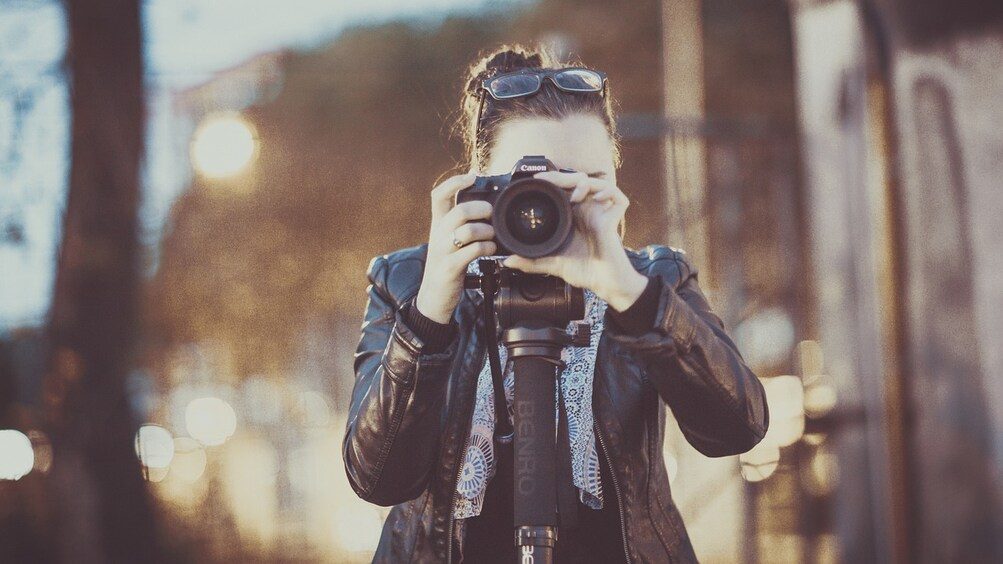
Portraits aim to capture the overall character and identity of the subject(s). They emphasize the subject’s emotions, expressions, and body language to tell their story. The focus extends beyond the face, incorporating the overall composition and context. Headshots, in contrast, prioritize the subject’s face as the primary focus. They accentuate facial features, expressions, and eye contact to create a direct and engaging connection with the viewer.
Purpose:
Portrait photography serves a broad range of purposes. It can be used for personal documentation, family keepsakes, artistic exploration, or to convey a specific narrative. Portraits are often cherished for their ability to capture the essence and history of individuals or groups. Headshots, on the other hand, have a more specific purpose. They are commonly used for professional representation, such as on resumes, business profiles, or in the entertainment industry. Headshots aim to project a specific image, highlighting the subject’s professionalism, competence, and approachability.
Composition:
Portraits offer greater flexibility in composition. They can feature multiple subjects, incorporating their interactions and dynamics. The composition may include the subject’s body, environment, props, or significant elements that contribute to the intended narrative. The goal is to create a visually engaging and meaningful image that captures the essence of the subjects. Headshots, in comparison, tend to have a simpler composition. They often crop more tightly around the head and shoulders, eliminating distracting elements. The background is typically neutral or plain to maintain focus on the subject’s face, ensuring a clean and uncluttered composition.
Lighting:
Lighting plays a crucial role in both portrait and headshot photography. In portraits, various lighting techniques can be employed to create a desired mood or effect, ranging from soft and diffused lighting for a gentle, ethereal feel to dramatic lighting for a bold and striking aesthetic. Portraits may utilize natural light, artificial lighting, or a combination of both.
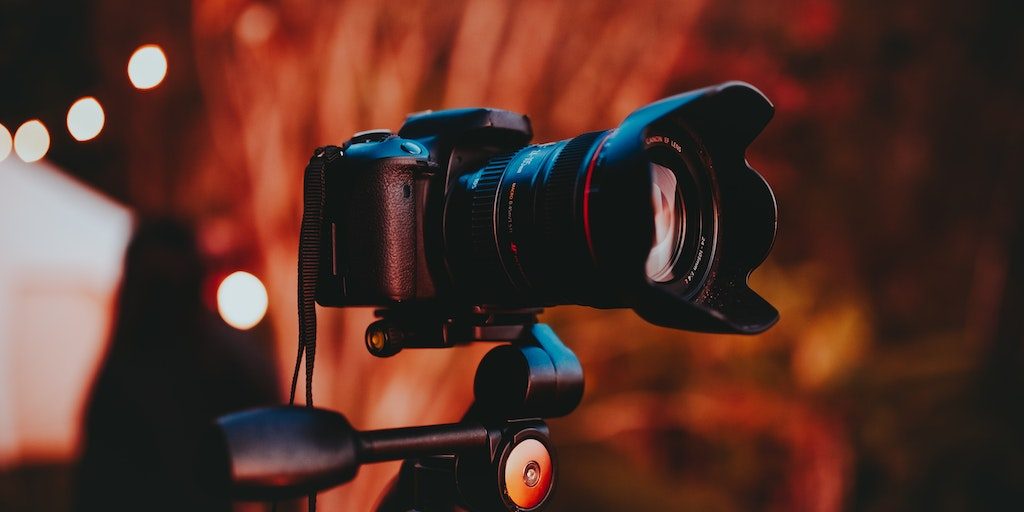
Headshots, on the other hand, generally require a more straightforward and evenly lit setup. The goal is to eliminate harsh shadows and ensure even illumination on the subject’s face. This typically involves using soft, diffused lighting for a flattering and professional look.
Posing:
Posing in portrait photography allows for more creative freedom. It involves directing the subjects to find natural and expressive positions that communicate their personalities and relationships. Portraits may involve dynamic poses, interactions, or capturing candid moments. In contrast, headshots typically follow more standardized posing guidelines. The focus is on presenting the subject in a professional and approachable manner. Posing in headshots aims to highlight the subject’s best features, often involving subtle adjustments to the head, shoulders, and facial expressions.
Background and Foreground:
In portrait photography, the background and foreground are carefully considered elements that contribute to the overall composition and narrative. They can provide context, add visual interest, or enhance the storytelling aspect. Backgrounds may include natural landscapes, architectural elements, or props that convey meaning.
Foreground elements can frame the subject, create depth, or add a sense of intimacy. In headshots, the background is typically simpler and more subdued, often a solid or neutral color. This helps to eliminate distractions and draw focus solely to the subject’s face. The foreground is less emphasized in headshots, as the primary aim is to highlight the subject’s facial features and expression.
Mood:
Portraits have the ability to evoke a wide range of emotions and moods. They can convey joy, sadness, contemplation, or excitement, depending on the subject, context, and composition. Mood in portraits is often achieved through a combination of lighting, posing, expressions, and overall storytelling elements. Headshots, although they may still convey some level of emotion, primarily focus on projecting a specific professional mood. They aim to present the subject as confident, approachable, and trustworthy, suitable for professional use and making a positive impression on viewers.
Creativity:
Portraits offer more room for creative expression. They allow photographers to experiment with different styles, concepts, and artistic techniques. Creativity in portraits can be expressed through the choice of lighting, composition, posing, props, and post-processing techniques. Portraits provide opportunities to create unique and visually captivating images that reflect the photographer’s artistic vision. Headshots, while more standardized in terms of composition and posing, still leave room for creativity within the professional context. Photographers can explore creative ways to capture and enhance the subject’s facial features, expressions, and overall presentation.
Cropping:
Portraits may involve cropping at varying degrees, capturing full-body shots, waist-up compositions, or tight close-ups. The choice of cropping depends on the desired aesthetic and the story being told. Headshots, on the other hand, are typically cropped tightly around the head and shoulders, focusing on the subject’s facial features and expression.
Orientation: Horizontal Vs. Vertical Vs. Square:
Both portrait and headshot photography can utilize any orientation – horizontal, vertical, or square. However, vertical compositions are more commonly used for headshots as they align with traditional print and online media formats. Portraits have more flexibility in orientation choices, depending on the intended purpose, desired visual impact, and creative vision of the photographer.
Style of Retouching:
Retouching styles can vary between portraits and headshots. Portraits may undergo a range of retouching techniques to enhance the overall appearance, including skin retouching, removing distractions, adjusting colors, and enhancing details. The degree of retouching largely depends on the desired outcome and the artistic choices of the photographer. Headshots, on the other hand, often aim for a more natural and subtle retouching approach. The goal is to maintain a professional appearance while ensuring the subject’s likeness is accurately represented.
Printing:
Portraits can be printed in various sizes and formats, depending on the intended use and the desired visual impact. Large wall prints, albums, and framed photographs are popular choices for displaying portraits. Headshots, on the other hand, are commonly printed in smaller sizes suitable for professional profiles, resumes, or online portfolios. Additionally, headshots are often shared digitally and used on various online platforms.
Use:
Portraits find use in personal memorabilia, family albums, galleries, exhibitions, and artistic expression. They serve as a means of capturing and preserving memories, storytelling, and celebrating the uniqueness of individuals or groups. Headshots have a more specific use in professional contexts. They are widely utilized for resumes, business profiles, LinkedIn or social media profiles, acting portfolios, and other professional representations.
Understanding these key differences between portrait and headshot photography allows photographers to approach each genre with clarity and intention. It also helps individuals seeking professional photographs to make informed decisions about the style, purpose, and overall outcome they desire.
Final Words
Understanding the main differences between portrait and headshot photography enables photographers and individuals seeking professional photographs to approach each genre with intent and purpose.
Portraiture encompasses a broader variety of subjects and compositions, focusing on capturing the essence and personality of individuals or groups. They provide greater creative license in posing, lighting, and composition, allowing for a wide range of moods and styles. Portraits serve multiple purposes, ranging from personal documentation to artistic expression, and can elicit a wide range of emotions.
In contrast, headshots emphasize the subject’s facial features and expressions through a close-up focus on the face. They are typically employed in professional contexts, such as acting portfolios, resumes, or online profiles. Headshots adhere to standard guidelines for posing, prioritize professional and approachable appearances, and frequently feature neutral backgrounds to keep the focus on the subject.
While portraits offer opportunities for artistic expression and narrative, headshots excel at portraying a person’s appearance in a professional context. Different illumination techniques, cropping styles, orientations, and approaches to retouching distinguish the two genres. Portraits are typically reproduced in larger sizes, whereas headshots are typically utilized in smaller sizes or digital formats.
By understanding and appreciating these distinctions, photographers, and individuals can effectively communicate their intentions, accurately portray themselves or their subjects, and produce visually arresting and purposeful portraits and headshots. Whether capturing cherished memories or creating a professional impression, both genres have a distinct place in the world of photography.

